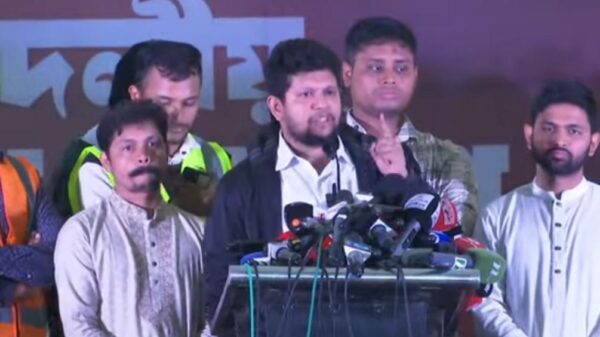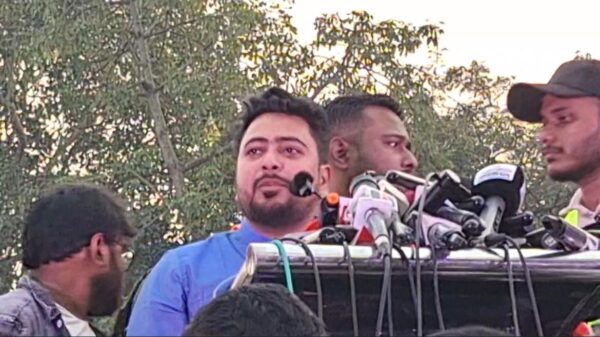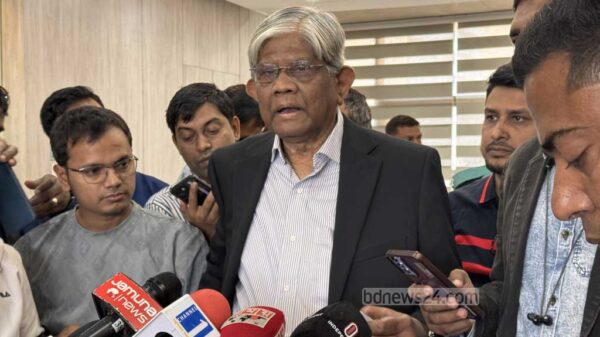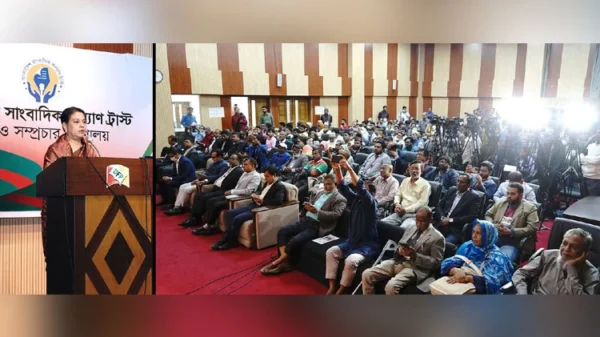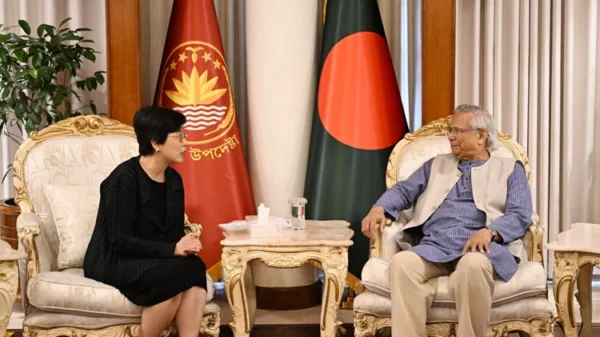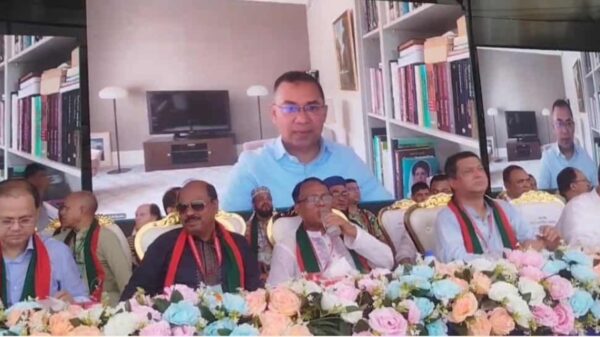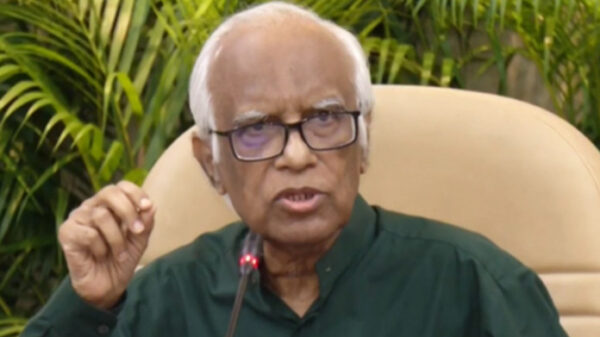Staff Reporter:
The government of Bangladesh has set ambitious revenue collection targets for the fiscal years 2024-25 and 2025-26, aiming to gather Tk 5872 billion and Tk 7097 billion, respectively. The strategy hinges on enhancing digitalization and simplifying tax procedures for both businesses and individuals.
The focus will be on direct taxes and VAT to raise more revenue. In addition to expanding the tax net and increasing the capacity of tax officials, exercises will be carried out to rationalize the current culture of widespread tax exemptions and to bring in heightened transparency in the budgetary discourse.
As per the Medium Term Macroeconomic Policy Statement (2023-24 to 2025-26) of the Finance Divi-sion of Finance Ministry, some Tk 5343 billion will come from the tax revenue sector in 2024-25 fiscal and Tk 6463 billion in 2025-26.
In the next two fiscal years, the National Board of Revenue (NBR) will provide Tk 5095 billion and Tk 6171 billion.
From the Income Tax wing, the projected collection will be Tk 1753 billion for the next fiscal, and Tk 2123 billion for 2025-26 fiscal. Collection from the import duties will be Tk 1511 billion and Tk 1830 billion respectively.
From VAT and Supplementary Duties, the revenue collection will be Tk 1831 billion and Tk 2218 bil-lion respectively.
The non-NBR tax for 2024-25 and 2025-26 will be Tk 248 billion and Tk 292 billion respectively. Non-tax revenue collection will be Tk 529 billion and Tk 634 billion respectively.
The target for the running 2023-24 fiscal is Tk 5000 billion with Tk 4500 billion from tax revenue. Of the total amount, Tk 4300 billion will come from NBR through Tk 1480 billion from income tax, Tk 1275 billion from import duties, Tk 1545 billion from VAT and Supplementary duties. Some Tk 200 billion will be collected from the non-NBR sector while Tk 500 billion from non-tax revenue sector.
According to the Medium Term Macroeconomic Policy Statement, revenue outturns estimated for 2023-24 and projection for the next two years show high elasticity and buoyancy, implying robustness in rev-enue mobilisation in the medium term.
It mentions that among the tax and non-tax parts of the revenue, the tax revenue is forecasted to be more buoyant and elastic than the non-tax part.
The elasticity data shows that the overall revenue is projected to grow 1.65 times higher than the nomi-nal GDP in FY 2025-26.
As per the statement, the revenue elasticity of GDP for the 2023-24 fiscal is 1.28 times higher than the last fiscal while it is projected to be 1.40 times higher in the next 2024-25 fiscal year.
The tax revenue elasticity of GDP will be 1.33 times higher in the current fiscal while it will be 1.50 times higher in the next fiscal and 1.66 times higher in 2025-26 fiscal year.
The non-tax revenue elasticity of GDP for the running fiscal will be 0.92 times higher in the current fiscal, 0.47 times higher in the next fiscal year, and 1.57 times higher in 2025-26 fiscal year.
On the other hand, the buoyancy indicates that, in FY 2025-26 the tax revenue in real terms may grow 98 percent higher than the growth of real GDP.
The Policy Statement mentions that the revenue mobilisation acts as a catalyst to achieve the develop-ment outcomes of a country. Bangladesh has envisioned its long-term development trajectory to be a higher middle-income country in 2031 and to be a developed country in 2041.
In addition to these aspirations, the ‘Perspective Plan of Bangladesh 2021-2041’ has targeted to raise the revenue- GDP ratio to 19.55 percent by 2031 and to reach 24 percent by 2041.
The statement says that the spectacular growth Bangladesh registered in the last decades, however, has not been underpinned by concomitant revenue growth. A large share of the revenue comes from the di-rect (income tax) and indirect taxes (VAT and customs) collected by the National Board of Revenue (NBR). Non-NBR taxes and Non-Tax Revenue (NTR) consists of smaller parts.
It said that there is a need to identify the reasons for low revenue collection to move onto the essential next step to correct the course. It is important to understand various issues such as the economic structure (large informality and exemptions), structural weaknesses (complicated processes and information asymmetry), and cultural factors (apathy towards paying taxes) that contribute to significant underper-formance in revenue collection.
The government, the policy statement said, with the support of private sector operators, is keen to make paying taxes easy, tax rules easy to understand and rationalise tax exemptions.
Success in revenue collection will be strengthened by making the tax administration easy to approach, increasing digitalization to bring in transparency and predictability and bringing in progressivity in taxa-tion where rich people pay a higher part of the taxes, it added.





